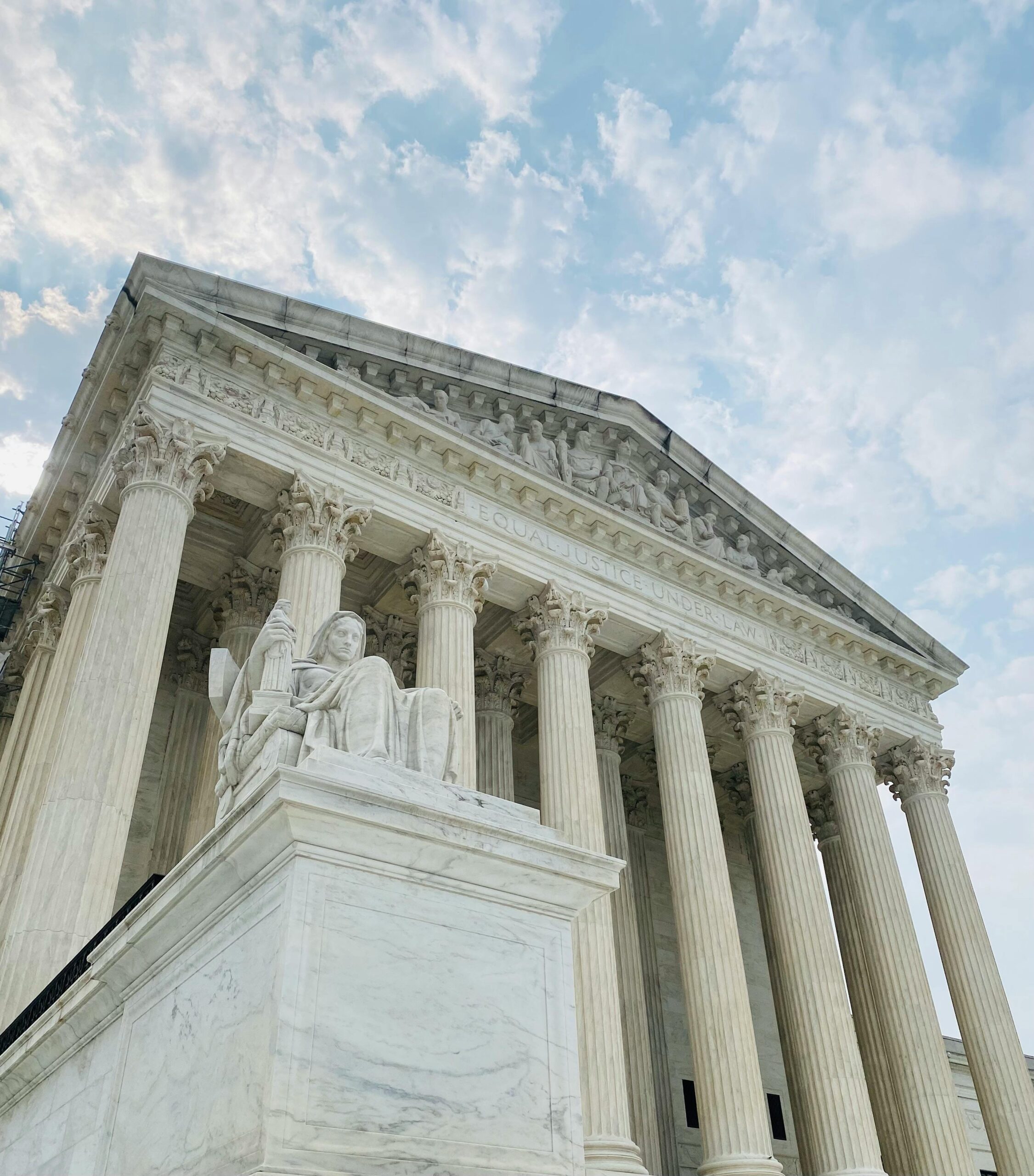The Supreme Court’s ruling to allow lawyers to advertise significantly reshaped the legal profession, marking a pivotal moment in its history. Before this decision, strict prohibitions on advertising by lawyers, rooted in longstanding professional ethics, sought to maintain the profession’s dignity and integrity. The consensus was that advertising could potentially mislead the public, diminish the quality of legal services, and erode public trust in the legal system. However, the landmark case of Bates v. State Bar of Arizona in 1977 challenged these assumptions and set the stage for transformative change.
Landmark Supreme Court Decision
The 1977 Bates v. State Bar of Arizona case was a landmark Supreme Court decision that significantly impacted the legal profession and its advertising practices. Before this ruling, lawyers were prohibited from advertising their services, as it was believed that such practices would undermine the profession’s integrity and mislead the public. However, John Bates and Van O’Steen, two Arizona lawyers, challenged these prohibitions after they were censured for advertising their legal services in a newspaper.
The Supreme Court, in a 5-4 decision, ruled in favor of Bates and O’Steen, holding that the prohibition of lawyer advertising was a violation of the First Amendment’s free speech clause. The Court argued that truthful and non-misleading advertising by lawyers about the availability and terms of routine legal services would serve the public interest by making such information accessible. This decision recognized that informed consumers are better equipped to make decisions about legal representation, which could lead to more competitive prices and increased access to legal services for people of modest means.
As a result, the Bates v. State Bar of Arizona case paved the way for lawyers and law firms to advertise their services. This led to a transformation in how legal services are marketed and accessed and promoted greater competition and innovation within the legal profession.
Legal Advertising Transformation
The ruling’s aftermath dramatically transformed how legal services reached potential clients. Lawyers and law firms began to explore various advertising mediums, including print, television, and later, the internet and social media platforms. This shift democratized access to legal services and spurred innovation in legal marketing and client engagement strategies. Law firms started to differentiate their services, highlight their areas of specialization, and communicate their value propositions more effectively to prospective clients.
The increased visibility of legal services through advertising also intensified competition within the legal profession. Firms now had to compete based on their legal expertise and track record and their ability to market their services compellingly. This competitive pressure led to a greater focus on client satisfaction, service quality, and operational efficiency. Law firms began to adopt more client-centered approaches, tailoring their services to meet the diverse needs of their clientele and employing client feedback to improve service delivery.
Moreover, the ruling paved the way for consumer-oriented legal services’ growth and legal tech companies’ emergence. These entities leveraged technology and innovative marketing strategies to directly offer legal products and services to consumers directly, further expanding access to legal assistance. The Supreme Court’s decision propelled the evolution of legal marketing and advertising, thus crucially making legal services more accessible and affordable to a broader segment of the population.
Unintended Consequences
Allowing lawyers to advertise has expanded access to legal services and fostered competitive pricing, but it also introduced significant challenges and negative impacts on the legal profession and public perception. These concerns primarily revolve around the quality and honesty of advertisements, the commodification of legal services, increased costs passed onto clients, a decline in the profession’s dignity, and ethical dilemmas.
Misleading Advertisements
A significant issue with lawyer advertising is its potential to mislead or deceive the public. Ads that promise unrealistic results use sensational language or highlight unlikely outcomes can create false expectations. This is particularly problematic in personal injury law, where some ads might falsely guarantee large settlements.
Commoditization of Legal Services
Advertising contributes to treating legal services as mere commercial transactions, undermining the nuanced advisory nature of legal counsel. This commoditization can diminish the quality and personalization of legal representation as the focus shifts from a professional service to a commercial offering.
Increased Costs
Advertising in competitive markets can be expensive, and law firms often pass these costs onto their clients through higher fees. Moreover, the need to attract a constant stream of clients through ads can lead to law firms handling too many cases, potentially decreasing the attention and service quality each client receives.
Deterioration of Professional Image
Excessive or inappropriate advertising can erode the public’s view of the legal profession’s dignity and nobility. The legal field has traditionally been seen as a noble pursuit focused on public service. Aggressive advertising tactics can damage this image, leading to public cynicism and reduced respect for legal professionals.
Ethical Dilemmas
Advertising poses ethical challenges for lawyers, who must balance promoting their services with the need to remain truthful, dignified, and non-misleading. This balance between commercial interests and professional ethics can lead to conflicts of interest and ethical dilemmas.
Conclusion
The Supreme Court’s endorsement of lawyer advertising fundamentally altered the landscape of the legal profession. By affirming the role of advertising in promoting informed consumer choices and enhancing the accessibility of legal services, the Court’s decision fostered greater transparency, competition, and innovation in the legal market. While challenges regarding the regulation of legal advertising and concerns over the potential for misleading claims persist, the positive impact of this ruling on the legal profession and the public it serves is undeniable.
While lawyer advertising has made legal services more accessible, its negative impacts necessitate careful regulation and consideration. The legal profession and regulatory bodies must continue to develop guidelines that maintain the profession’s integrity while enabling lawyers to inform the public about their services. Ensuring advertisements are honest, respectful, and informative is essential to mitigating the adverse effects of legal advertising.
Please note that the American Bar Association has specific rules about lawyers’ advertising.
References:
Goldman, Eric and Reyes, Angel, Regulation of Lawyers’ Use of Competitive Keyword Advertising (April 14, 2015). University of Illinois Law Review, vol. 2016, page 103, Santa Clara Univ. Legal Studies Research Paper No. 9-15, Available at SSRN: https://ssrn.com/abstract=2594435


